You know, it’s quite a task to think of animals that start with ‘F’. It’s not your everyday topic, right? But here’s the thing: the animal kingdom is vast and filled with fascinating creatures, many of which we rarely consider.
From the fierce and majestic falcon to the playful and curious ferret, each animal beginning with ‘F’ brings its unique traits and behaviors to the table. It’s like a hidden alphabet game in nature’s vast library.
List Of Animals That Start With F
- Falcon
- Ferret
- Flamingo
- Fox
- Frog
- Finch
- Fossa
- Fiddler Crab
- Firefly
- Frigatebird
- Fennec Fox
- Flying Squirrel
- Flounder
- Fruit Bat
- Field Mouse
- Fire Ant
- Flatfish
- Flying Fish
- Falconet
- False Killer Whale
- Frilled Shark
- Freshwater Eel
- Fairy Penguin
- Fan Worm
- Flicker (a type of bird)
- Flowerhorn Fish
- Forest Cobra
- Furseal
- Fulmar
- Freckled Duck
Animals That Start With F (Fun Facts & Species Details)
1. Falcon

Fun Fact: Falcons are among the fastest birds, with the peregrine falcon reaching speeds over 200 mph during its hunting stoop (dive).
| Detail | Information |
| Scientific Name | Falco |
| Origin | Worldwide |
| Family | Falconidae |
2. Ferret
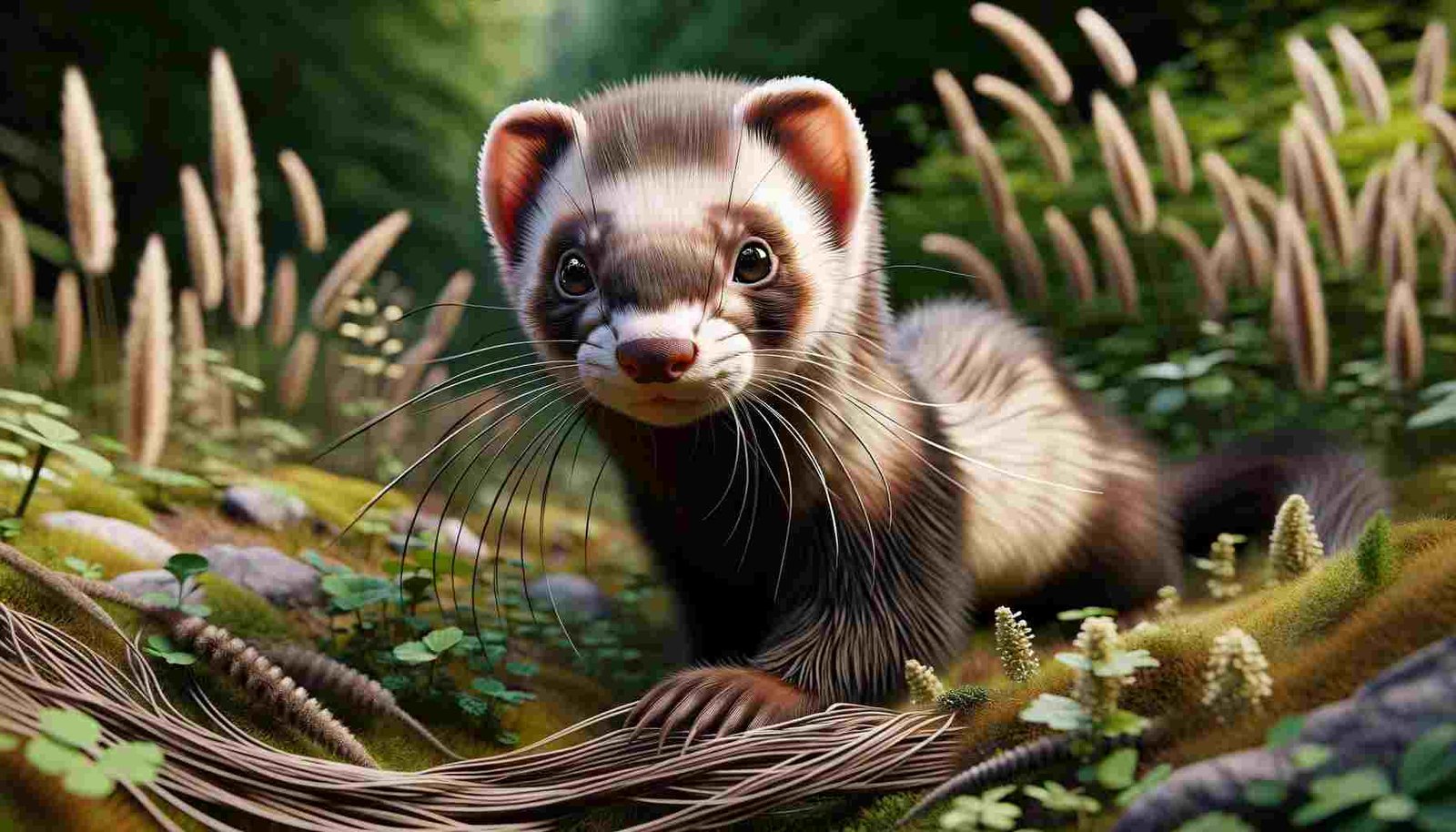
Fun Fact: Ferrets have been domesticated for over 2,500 years and were used to hunt rabbits due to their burrowing skills.
| Detail | Information |
| Scientific Name | Mustela putorius furo |
| Origin | Domesticated; originally from European polecat |
| Family | Mustelidae |
3. Flamingo

Fun Fact: Flamingos are famous for their pink color, which comes from the beta-carotene in their diet of shrimp and algae.
| Detail | Information |
| Scientific Name | Phoenicopterus |
| Origin | Americas, Africa, Asia, Europe |
| Family | Phoenicopteridae |
4. Fox

Fun Fact: Foxes have whiskers on their legs and face, which help them navigate.
| Detail | Information |
| Scientific Name | Vulpes |
| Origin | Worldwide |
| Family | Canidae |
5. Frog
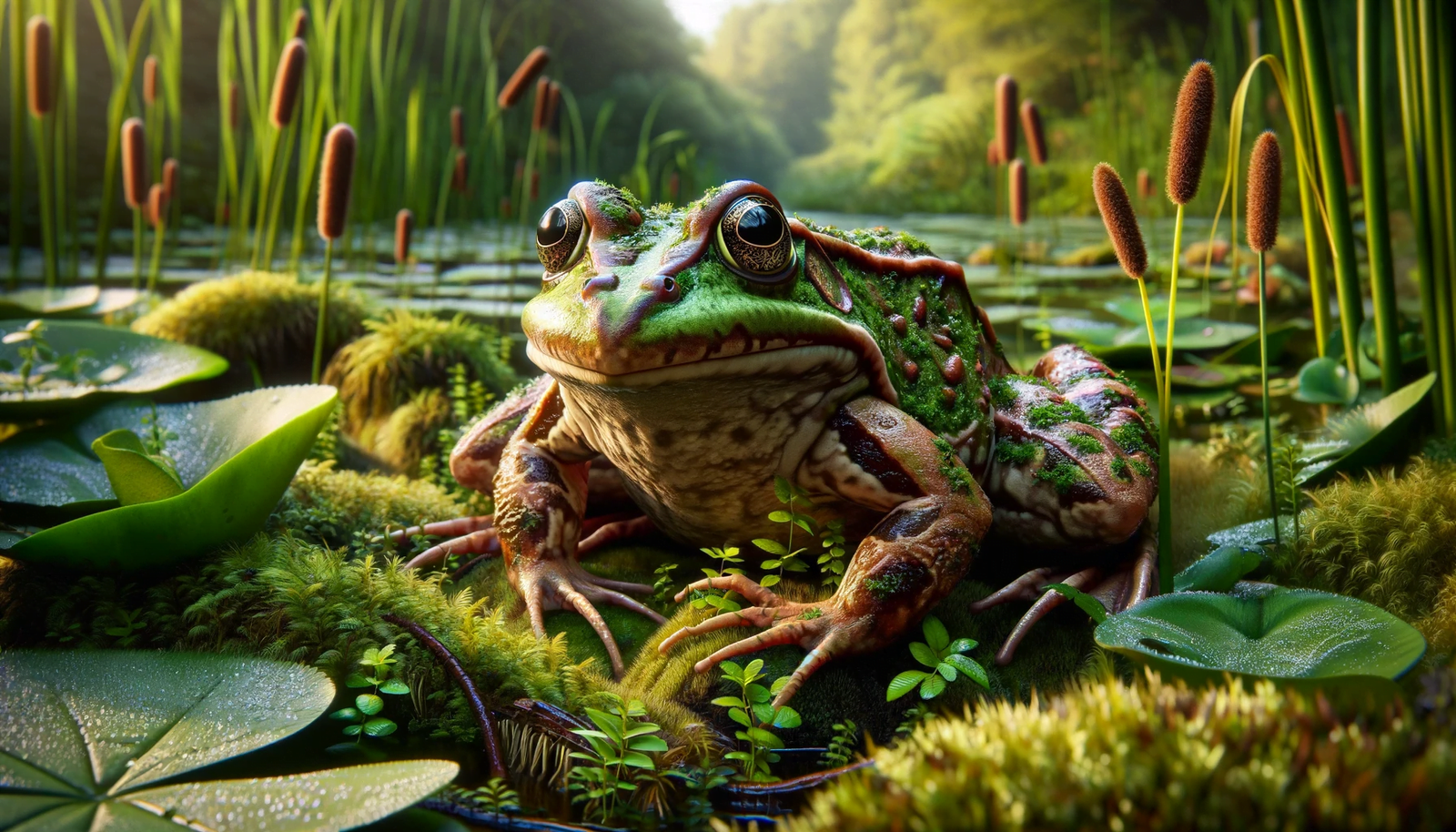
Fun Fact: Frogs absorb water through their skin, so they don’t need to drink in the traditional sense.
| Detail | Information |
| Scientific Name | Varies by species |
| Origin | Worldwide |
| Family | Varies by species |
6. Finch
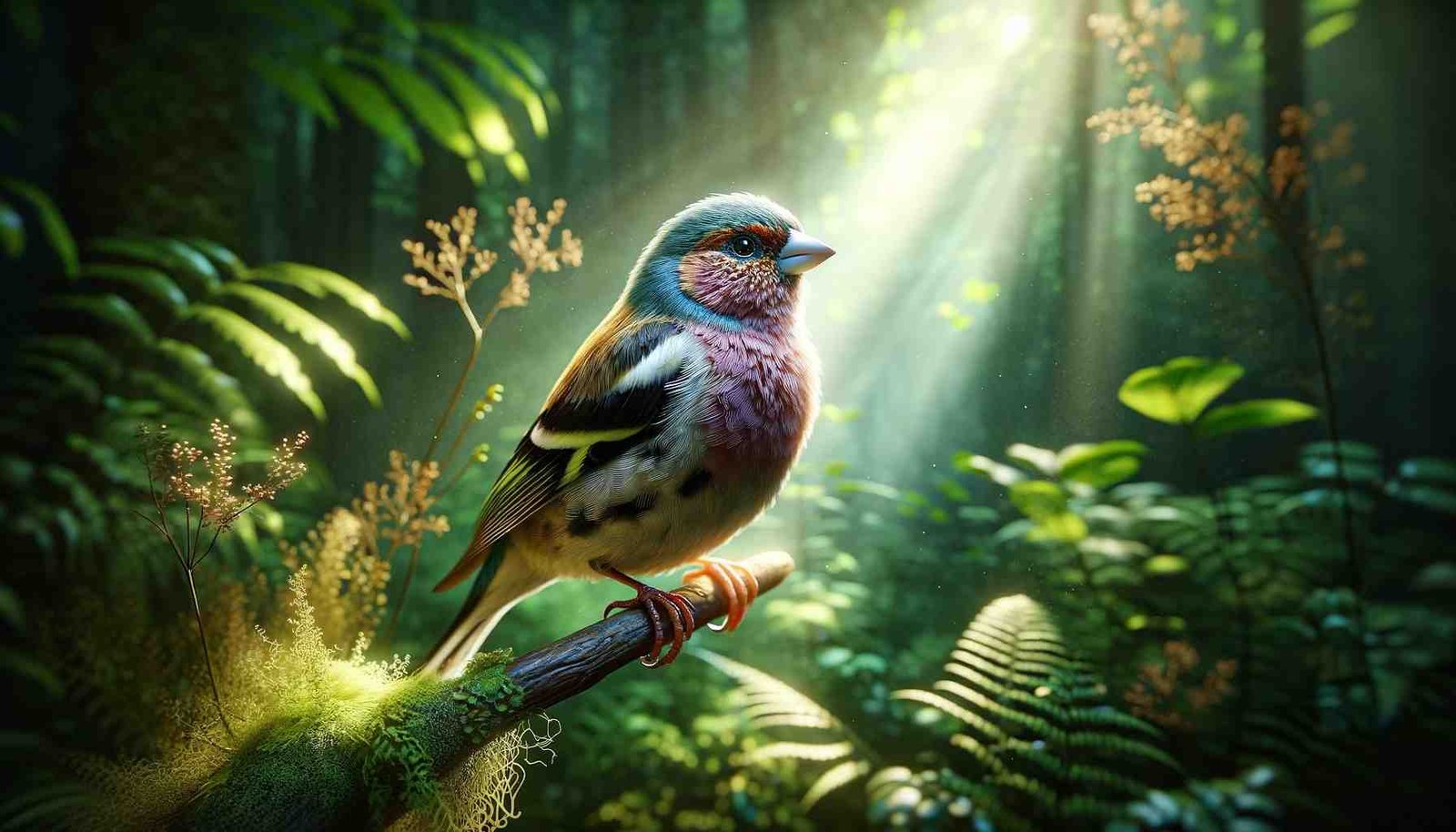
Fun Fact: Finches are known for their colorful plumage and melodic singing.
| Detail | Information |
| Scientific Name | Varies by species |
| Origin | Worldwide |
| Family | Fringillidae |
7. Fossa

Fun Fact: The fossa, a carnivorous mammal, is unique to Madagascar and is the island’s largest predator.
| Detail | Information |
| Scientific Name | Cryptoprocta ferox |
| Origin | Madagascar |
| Family | Eupleridae |
8. Fiddler Crab
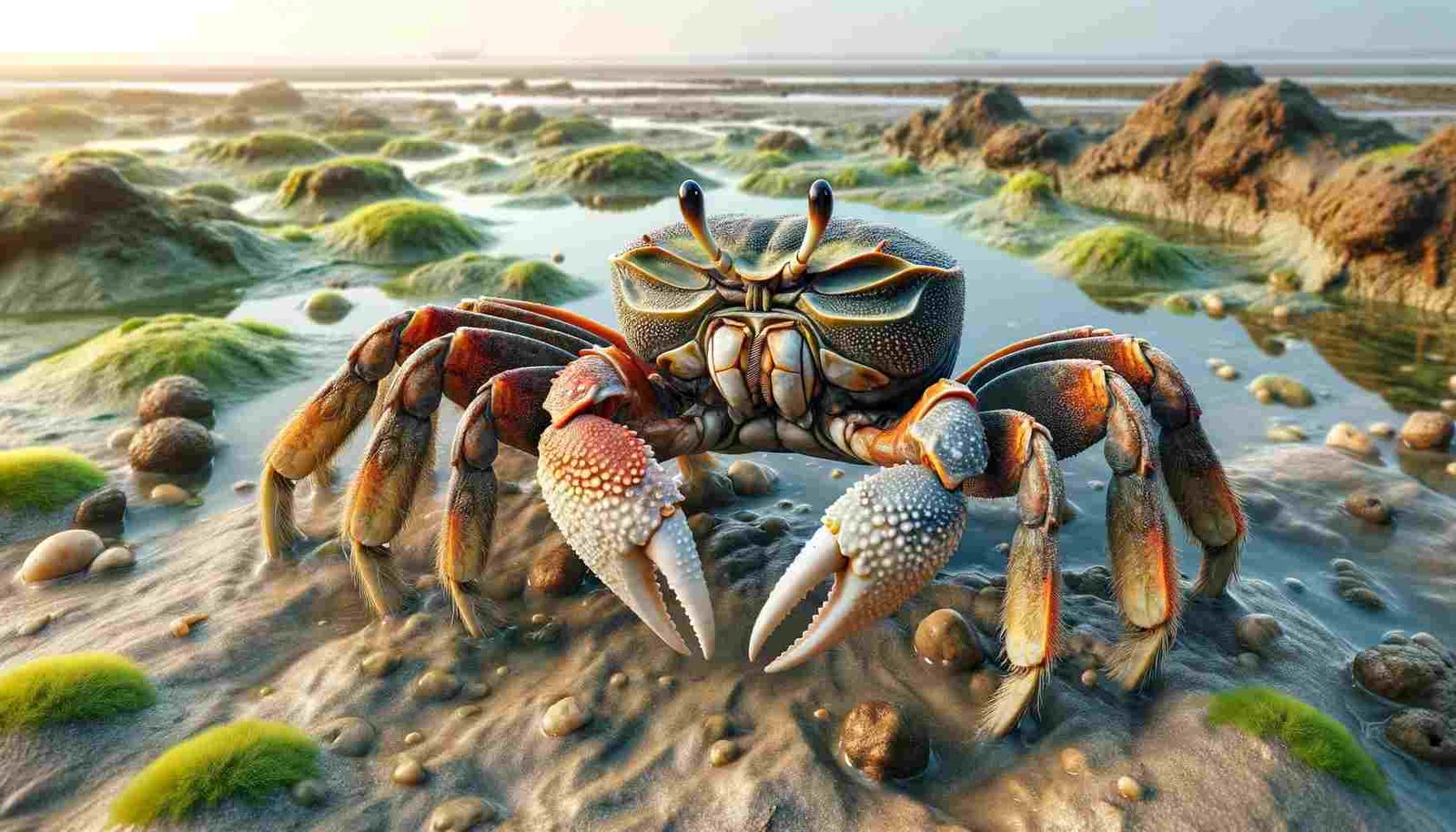
Fun Fact: Male fiddler crabs are famous for their oversized claw, used in mating rituals and combat.
| Detail | Information |
| Scientific Name | Uca |
| Origin | Worldwide in coastal areas |
| Family | Ocypodidae |
9. Firefly
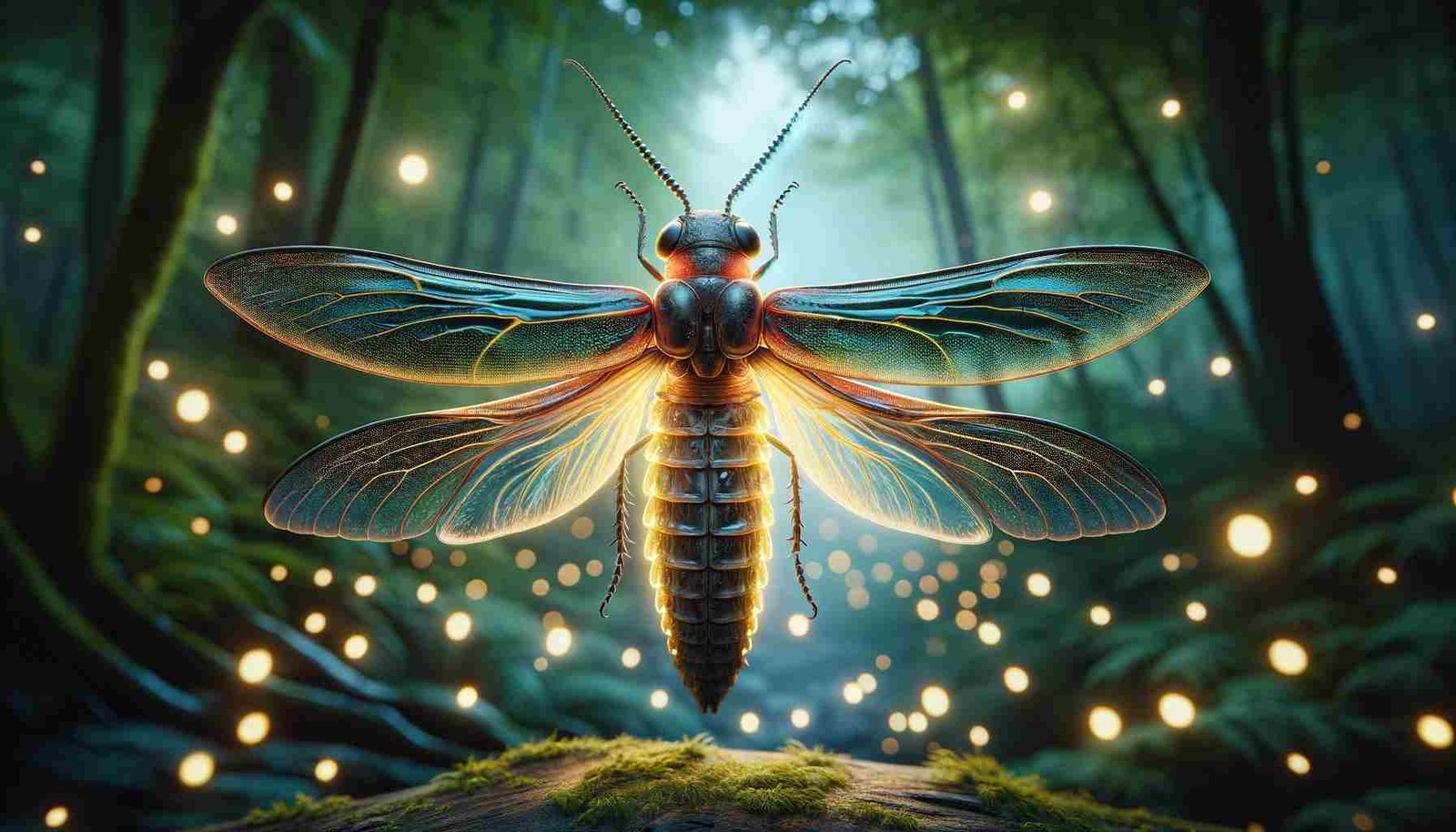
Fun Fact: Fireflies produce a chemical reaction inside their bodies that allows them to light up, a process known as bioluminescence.
| Detail | Information |
| Scientific Name | Lampyridae |
| Origin | Worldwide |
| Family | Lampyridae |
10. Frigatebird

Fun Fact: Frigatebirds can stay airborne for weeks at a time, rarely touching the ground.
| Detail | Information |
| Scientific Name | Fregata |
| Origin | Tropical and subtropical oceans |
| Family | Fregatidae |
11. Fennec Fox
Fun Fact: The Fennec Fox, known for its remarkably large ears, uses these oversized ears to dissipate heat and keep cool in its desert habitat.
| Detail | Information |
| Scientific Name | Vulpes zerda |
| Origin | Sahara Desert, North Africa |
| Family | Canidae |
12. Flying Squirrel
Fun Fact: Flying squirrels don’t actually fly; they glide using a membrane between their front and back legs, covering distances up to 90 meters.
| Detail | Information |
| Scientific Name | Varies by species |
| Origin | North America, Europe, Asia |
| Family | Sciuridae |
13. Flounder
Fun Fact: Flounders are masters of camouflage, changing their color to match the ocean floor, making them nearly invisible to predators and prey.
| Detail | Information |
| Scientific Name | Varies by species |
| Origin | Worldwide in coastal waters |
| Family | Pleuronectidae |
14. Fruit Bat
Fun Fact: Fruit bats, also known as flying foxes, play a crucial role in their ecosystems by pollinating plants and dispersing seeds.
| Detail | Information |
| Scientific Name | Varies by species |
| Origin | Tropical regions worldwide |
| Family | Pteropodidae |
15. Field Mouse
Fun Fact: Field mice, known for their adaptability, can reproduce rapidly under favorable conditions, significantly impacting local ecosystems.
| Detail | Information |
| Scientific Name | Apodemus |
| Origin | Europe, Asia, North Africa |
| Family | Muridae |
16. Fire Ant
Fun Fact: Fire ants are known for their painful sting, which releases a venom causing a burning sensation, hence their name.
| Detail | Information |
| Scientific Name | Solenopsis |
| Origin | South America |
| Family | Formicidae |
17. Flatfish
Fun Fact: As they develop, flatfish undergo a remarkable transformation where one eye migrates to the other side of their body.
| Detail | Information |
| Scientific Name | Varies by species |
| Origin | Worldwide in marine environments |
| Family | Pleuronectiformes |
18. Flying Fish
Fun Fact: Flying fish can glide above the water’s surface for considerable distances, using their wing-like fins to escape predators.
| Detail | Information |
| Scientific Name | Exocoetidae |
| Origin | Worldwide in warm oceans |
| Family | Exocoetidae |
19. Falconet
Fun Fact: Falconets, among the smallest birds of prey, feed on insects and small animals, showcasing remarkable agility in flight.
| Detail | Information |
| Scientific Name | Microhierax, Spiziapteryx, Polihierax |
| Origin | Southeast Asia, Africa |
| Family | Falconidae |
20. False Killer Whale
Fun Fact: Despite its name, the false killer whale is not closely related to killer whales and is known for its sociable behavior and strong bonds within pods.
| Detail | Information |
| Scientific Name | Pseudorca crassidens |
| Origin | Warm and temperate global oceans |
| Family | Delphinidae |
21. Frilled Shark
Fun Fact: The frilled shark, resembling a creature from prehistoric times, is known for its unusual, eel-like body and the frilly appearance of its gills.
| Detail | Information |
| Scientific Name | Chlamydoselachus anguineus |
| Origin | Atlantic and Pacific Oceans |
| Family | Chlamydoselachidae |
22. Freshwater Eel
Fun Fact: Freshwater eels have a remarkable life cycle, migrating over vast distances between freshwater habitats and their spawning grounds in the ocean.
| Detail | Information |
| Scientific Name | Varies by species |
| Origin | Worldwide in freshwater systems |
| Family | Anguillidae |
23. Fairy Penguin
Fun Fact: The fairy penguin, also known as the little penguin, is the smallest penguin species, standing just about 33 cm tall.
| Detail | Information |
| Scientific Name | Eudyptula minor |
| Origin | Southern Australia and New Zealand |
| Family | Spheniscidae |
24. Fan Worm
Fun Fact: Fan worms are sedentary marine polychaetes that feed by extending their feather-like tentacles to catch plankton and other small particles.
| Detail | Information |
| Scientific Name | Varies by species |
| Origin | Worldwide in marine environments |
| Family | Sabellidae |
25. Flicker (a type of bird)
Fun Fact: Flickers are woodpeckers known for their distinctive drumming on trees and metal objects as a form of communication.
| Detail | Information |
| Scientific Name | Colaptes |
| Origin | Americas |
| Family | Picidae |
26. Flowerhorn Fish
Fun Fact: Flowerhorn fish are ornamental aquarium fish known for their vivid colors and the distinctive hump on their forehead.
| Detail | Information |
| Scientific Name | Hybrid (various cichlids) |
| Origin | Artificially bred |
| Family | Cichlidae |
27. Forest Cobra
Fun Fact: The forest cobra, one of the largest cobra species, is known for its potent venom and ability to climb trees.
| Detail | Information |
| Scientific Name | Naja melanoleuca |
| Origin | Sub-Saharan Africa |
| Family | Elapidae |
28. Furseal
Fun Fact: Fur seals have thick fur and a layer of blubber, making them well-adapted to cold ocean waters.
| Detail | Information |
| Scientific Name | Varies by species |
| Origin | Various, mostly in the Southern Hemisphere |
| Family | Otariidae |
29. Fulmar
Fun Fact: Fulmars are seabirds that can spit a foul-smelling oil as a defense mechanism against predators.
| Detail | Information |
| Scientific Name | Fulmarus glacialis |
| Origin | North Atlantic and North Pacific Oceans |
| Family | Procellariidae |
30. Freckled Duck
Fun Fact: The freckled duck, an Australian species, is known for its speckled plumage and large, broad bill.
| Detail | Information |
| Scientific Name | Stictonetta naevosa |
| Origin | Australia |
| Family | Anatidae |





